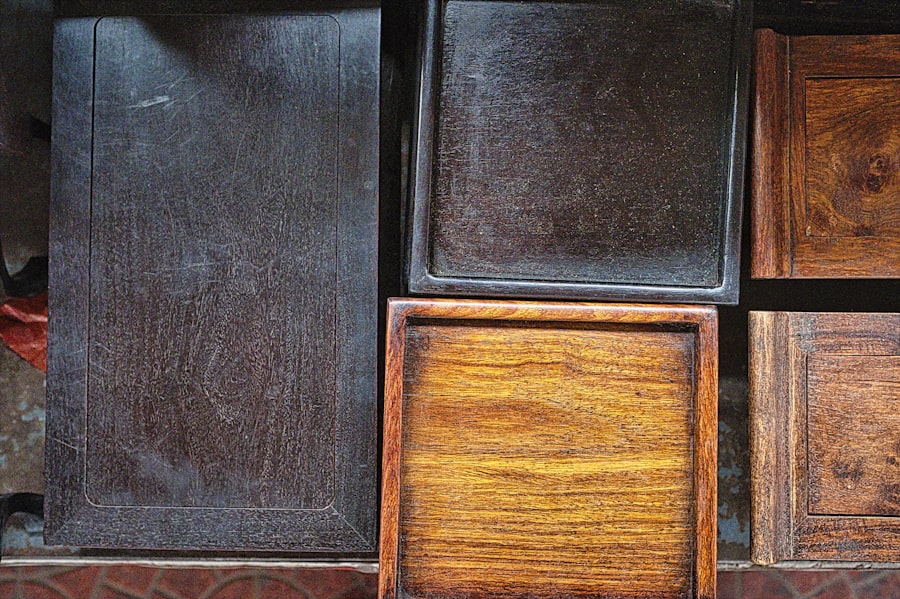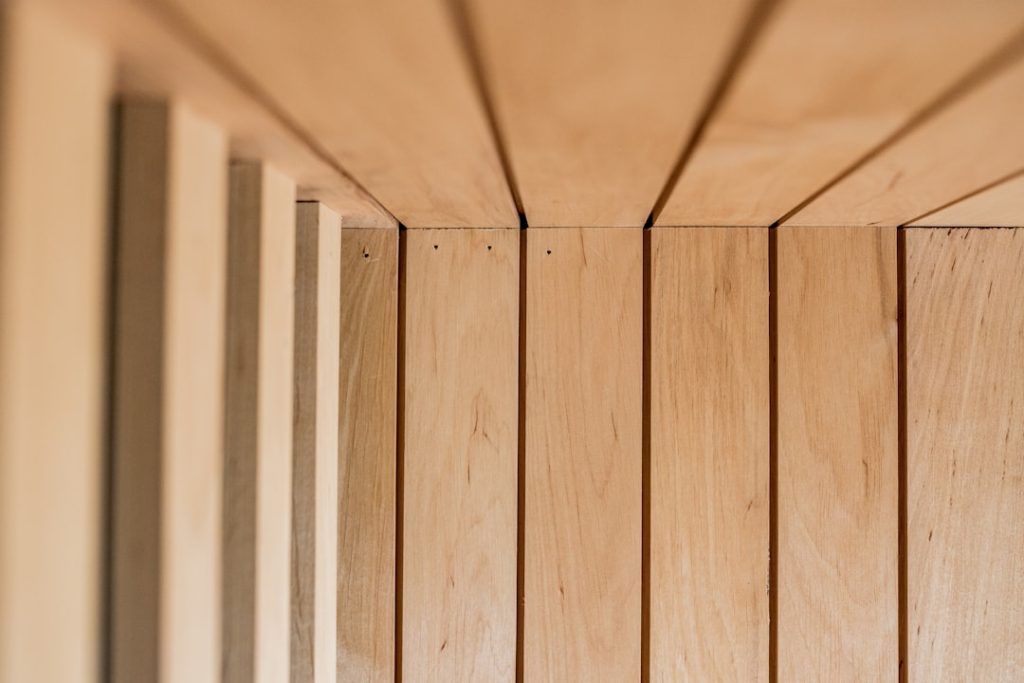In today’s fast-paced world, the need for effective storage solutions has never been more critical. Quality storage not only helps in organizing physical spaces but also plays a significant role in enhancing the overall aesthetic of a home or office. A well-designed storage system can transform cluttered areas into functional spaces, allowing individuals to maximize their environment’s potential.
This is particularly true in homes where space is often at a premium. By investing in quality storage solutions, homeowners can create a sense of order and tranquility, which is essential for both mental well-being and productivity. Moreover, quality storage solutions contribute to the longevity of items stored within them.
For instance, custom cabinets made from durable materials can protect belongings from damage caused by environmental factors such as humidity and temperature fluctuations. This is especially important for items that are sensitive to such changes, like electronics or delicate fabrics. By ensuring that these items are stored properly, homeowners can extend their lifespan and maintain their value over time.
Thus, the importance of quality storage solutions extends beyond mere organization; it encompasses protection, aesthetics, and overall functionality.
Key Takeaways
- Quality storage solutions are essential for an organized and functional space.
- The right wood selection is crucial for durable and visually appealing custom cabinets.
- Custom cabinets can be designed to maximize space and functionality to meet specific needs.
- Choosing the right hardware and accessories can enhance the functionality and aesthetics of custom cabinets.
- Working with a professional woodworker can bring your vision to life and ensure high-quality craftsmanship.
Selecting the Right Wood for Your Custom Cabinets
When it comes to custom cabinetry, the choice of wood is paramount. Different types of wood offer varying levels of durability, aesthetics, and cost, making it essential to select the right material for your specific needs. Hardwoods such as oak, maple, and cherry are popular choices for custom cabinets due to their strength and resistance to wear.
Oak, for instance, is known for its distinctive grain patterns and durability, making it an excellent choice for high-traffic areas. Maple, on the other hand, offers a smoother finish and is often favored for its versatility in staining and painting. In addition to aesthetics and durability, the environmental impact of wood selection should also be considered.
Sustainable sourcing practices are becoming increasingly important in woodworking. Opting for reclaimed wood or certified sustainable timber not only contributes to environmental conservation but also adds a unique character to custom cabinets. Each piece of reclaimed wood tells a story, with its own history and imperfections that can enhance the overall design.
Therefore, when selecting wood for custom cabinets, it is crucial to balance personal preferences with sustainability considerations.
Designing Custom Cabinets to Maximize Space and Functionality

The design of custom cabinets should prioritize both space maximization and functionality. In smaller homes or apartments, every inch counts; therefore, innovative design solutions are necessary to make the most of limited space. For example, incorporating pull-out shelves or lazy Susans can significantly enhance accessibility in corner cabinets, allowing homeowners to utilize otherwise wasted space effectively.
Additionally, vertical storage solutions such as tall cabinets or shelving units can draw the eye upward, creating an illusion of height while providing ample storage. Functionality also extends to the layout of the cabinets themselves. A well-thought-out design considers how individuals will interact with the space daily.
For instance, in a kitchen setting, placing frequently used items within easy reach while storing less commonly used items higher up or further back can streamline cooking processes. Furthermore, integrating features like built-in lighting can enhance visibility within cabinets, making it easier to locate items quickly. Ultimately, a thoughtful design approach ensures that custom cabinets serve their intended purpose while enhancing the overall user experience.
Choosing the Right Hardware and Accessories for Your Cabinets
| Hardware and Accessories | Features |
|---|---|
| Hinges | Soft-close, concealed, self-closing |
| Handles | Various styles, finishes, and sizes |
| Drawer Slides | Full extension, soft-close, undermount |
| Knobs | Decorative, functional, ergonomic |
| Shelf Pins | Adjustable, sturdy, easy to install |
The hardware and accessories selected for custom cabinets play a crucial role in both functionality and aesthetics. Cabinet handles, knobs, and hinges come in various styles and finishes that can complement or contrast with the cabinet’s wood finish. For instance, sleek stainless steel hardware can lend a modern touch to traditional wooden cabinets, while ornate brass fixtures may enhance a classic design.
The choice of hardware should reflect the overall style of the space while also considering practicality; for example, larger handles may be easier to grip for individuals with mobility challenges. In addition to hardware, accessories such as drawer organizers and pull-out racks can significantly improve the usability of cabinets. Drawer dividers help keep utensils and tools organized, preventing clutter from accumulating in drawers.
Pull-out racks for spices or pantry items can make accessing ingredients more convenient while maximizing vertical space within cabinets. These thoughtful additions not only enhance functionality but also contribute to a more enjoyable user experience by making everyday tasks simpler and more efficient.
Working with a Professional Woodworker to Bring Your Vision to Life
Collaborating with a professional woodworker is essential when embarking on a custom cabinetry project. Experienced woodworkers possess the skills and knowledge necessary to translate your vision into reality while ensuring that all technical aspects are addressed. They can provide valuable insights into material selection, design considerations, and construction techniques that may not be immediately apparent to those unfamiliar with woodworking.
This expertise can help avoid common pitfalls and ensure that the final product meets both aesthetic desires and functional requirements. Effective communication is key when working with a woodworker. Clearly articulating your needs and preferences will enable them to create designs that align with your vision.
Providing inspiration images or discussing specific features you desire can help guide the process. Additionally, a good woodworker will be open to feedback throughout the project, allowing for adjustments as needed. This collaborative approach not only fosters a positive working relationship but also ensures that the final product truly reflects your style and meets your expectations.
The Benefits of Custom Woodworking Cabinets Over Pre-Fabricated Options

Custom woodworking cabinets offer numerous advantages over pre-fabricated options that make them an appealing choice for homeowners seeking tailored solutions. One of the most significant benefits is the ability to create cabinets that fit perfectly within a specific space. Pre-fabricated cabinets often come in standard sizes that may not accommodate unique room dimensions or architectural features.
Custom cabinets can be designed to fit snugly into any nook or cranny, maximizing storage potential without compromising on style. Another advantage of custom cabinetry lies in the quality of materials used in construction. While pre-fabricated options may rely on lower-quality materials to keep costs down, custom cabinets are typically built using solid wood or high-quality plywood that ensures durability and longevity.
This investment in quality translates into cabinets that withstand daily use without showing signs of wear over time. Additionally, custom cabinetry allows for personalization in terms of design elements such as finishes, colors, and hardware choices—something that pre-fabricated options simply cannot match.
Maintaining and Caring for Your Custom Woodworking Cabinets
Proper maintenance is essential for preserving the beauty and functionality of custom woodworking cabinets over time. Regular cleaning is one of the simplest yet most effective ways to care for these pieces. Using a soft cloth dampened with mild soap and water can help remove dust and grime without damaging the finish.
It is crucial to avoid harsh chemicals or abrasive cleaners that could strip away protective coatings or scratch the surface of the wood. In addition to cleaning, periodic inspections are necessary to identify any signs of wear or damage early on. Checking hinges and hardware for looseness or rust can prevent more significant issues down the line.
If any components require repair or replacement, addressing these concerns promptly will help maintain the integrity of the cabinetry. Furthermore, applying a fresh coat of finish or wax every few years can rejuvenate the wood’s appearance while providing an additional layer of protection against moisture and wear.
Budgeting and Planning for Your Custom Woodworking Cabinet Project
Budgeting for a custom woodworking cabinet project requires careful planning and consideration of various factors that influence costs. The choice of materials is one of the most significant determinants; high-quality hardwoods will generally be more expensive than softer woods or engineered materials. Additionally, intricate designs or specialized features such as built-in lighting or custom hardware will add to the overall expense.
It is essential to establish a realistic budget that accounts for these variables while also allowing some flexibility for unexpected costs. Planning should also include timelines for both design and construction phases. Collaborating with your woodworker to establish a clear timeline will help manage expectations regarding when the project will be completed.
This planning phase should also involve measuring spaces accurately to ensure that designs fit seamlessly into your home’s layout. By taking these steps early on, homeowners can avoid common pitfalls associated with custom cabinetry projects while ensuring that their vision is realized within their budgetary constraints.



